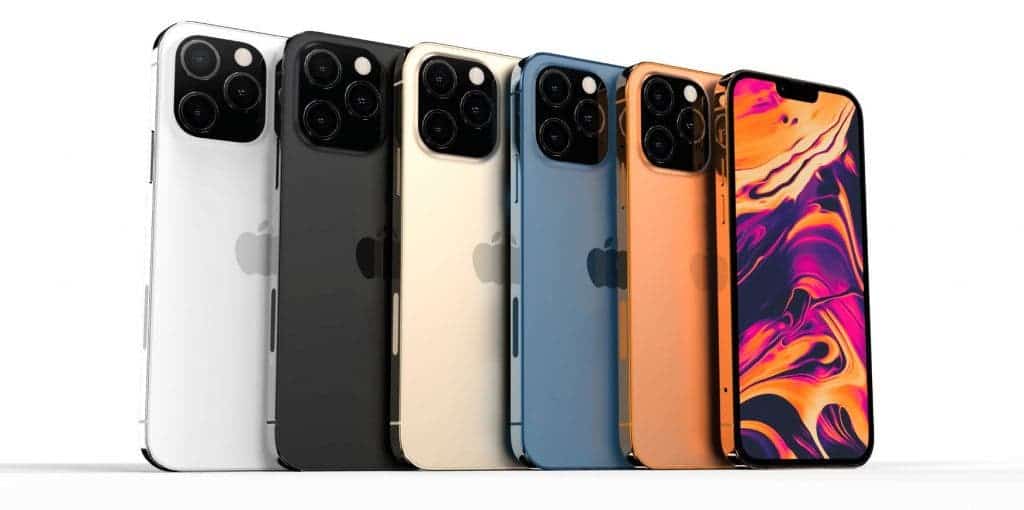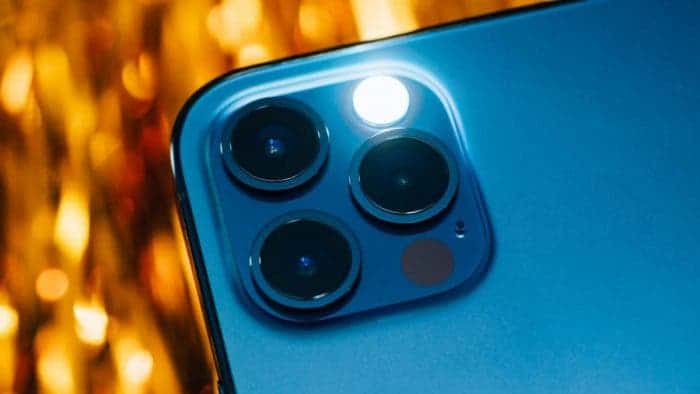Apple had to adapt itself last year due to the pandemic and it changed the story for the iPhone 12 series. First of all, the devices were expected to come in September but were pushed to October. Moreover, certain upgrades weren’t applied to the models due to the limitations and lack of time. Now, however, we’re expecting the iPhone 13 series to bring significant improvements over the last year’s models. While the design shouldn’t be changed, we expect better displays with smaller notches, Touch ID’s return, and an improved camera. Talking about the latter, the renowned Apple analyst, Ming-Chi Kuo has some new details to share about the iPhone 13 Pro Max, and the other three devices.
iPhone 13 Pro will have a brighter f/1.5 lens, all iPhone 13 models coming with a 7P lens
The iPhone 13 Pro will pack a slightly brighter f/1.5 lens on top of its main sensor. The iPhone 13, 13 mini, and 13 Pro will use an f/1.6 lens for their main camera. These may even have a setup similar or identical to the current main imager on the iPhone 12 series. For now, there still no word regarding upgrades to the sensor behind those cameras. That said, we need to digest this with a pinch of salt.
All iPhone 13 models, will have a 7P lens, seven glass elements, over their main camera sensor. However, this isn’t a big surprise, since it’s also present on the iPhone 12 series. The 7P lens will improve the light transmission rate, which leads to better image quality. Moreover, it alleviates chromatic aberration. Apple aims to transition to 7P lenses on all rear cameras on its iPhones in the next few years.
Gizchina News of the week

According to Kuo, the Chinese lens supplier Sunny Optical will pass quality verification for the 7P components. If everything goes to plan, the 7P shipments for the iPhone 13 lineup will start in this next quarter that goes from April to June 30.
Bigger camera upgrades will need to wait for iPhone 14 or 15 series
Although the iPhone 13 series will not bring ground-breaking changes in terms of imaging hardware, the main changes will come with the 2022 or 2023 iPhones. Earlier this month, Kuo revealed that the next year’s iPhone will likely adopt a “unibody” design that integrates a camera’s voice coil motor with its lens array. It will save space while increasing device robustness. The following year will mark the introduction of compact and efficient periscope lens technology. The company will keep improving its lens technology in the forthcoming years in light of new technologies advent.





